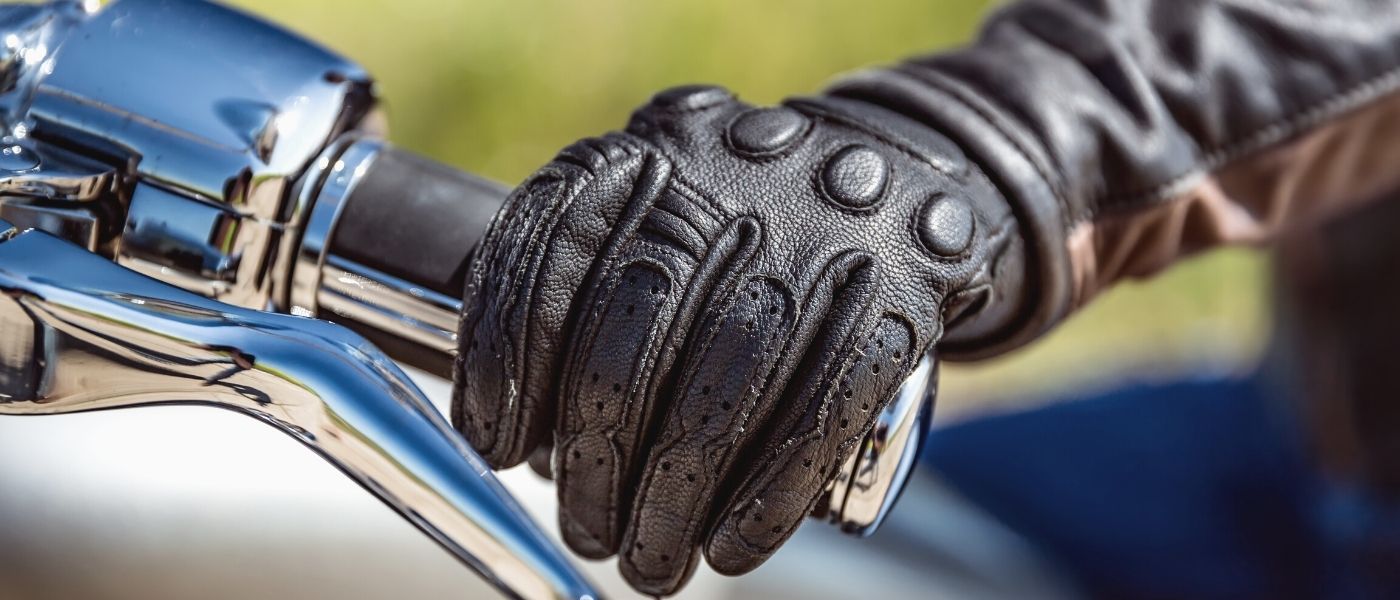When it comes to riding motorcycles, understanding the vehicle that you’re getting on, how to operate it, and ways to keep yourself and others safe is essential.
However, there will be some differentiation in the rules depending on the state you reside in. To ensure all your bases are covered, we share how to prepare to be a motorcyclist so you can get out on the open road sooner.
Maintenance
If you want to own a motorcycle, you don’t need to be a mechanic. However, you will need to know basic maintenance requirements and checks to perform as you would with any vehicle. Ensuring the head and brake lights are operating is your first priority.
Stay on top of oil changes and tune-ups. At that time, you will need to make sure that the fluids are filled, clutch and brakes are lubricated, and filters are cleaned. A breakdown could strand you somewhere without shelter and lead to many issues.
Riding
The only way to learn how to ride is to practice. Long before having a passenger, you need to get used to accelerating, cornering, braking, and holding the weight of the bike at stops. This will all be different with another person on the back, so it’s crucial that you gain comfort and control before that time.
Taking a class will help you learn the basics, the motorcycle rules of the road, and how to protect yourself from other vehicles and obstacles you will encounter on the road.
Licensure
Most states require a motorcycle license. Check with your nearby Department of Motor Vehicles (DMV) to determine what is needed. Some states demand a separate license for motorcycles and similar machines, whereas others offer an add-on to your currently held license.
Take note that your motorcycle will need a license plate, registration, and insurance—just as a car or truck does.
Laws
Be sure to brush up on motorcycle laws in your state. Some say that you only need to wait two minutes at a red light if no one is coming. Other states allow motorcycles to ride the dividing lines between lanes on the freeways.
If you plan on traveling through other states, it’s essential that you know their laws. Some require helmets at all times, while others do not. There are many variations between regions to be aware of.
Safety
It’s nice to feel the wind in your face and the sun on your arms as you ride, but the problem is that it leaves you vulnerable if you get in an accident. It’s crucial to wear a helmet to protect your face and skull, eye protection, protective covering for your arms and legs, closed-toed boots that go over the ankle, and full-fingered leather gloves. All this gear will help protect your body in the event of an accident or fall.
Additionally, you should also know what to do after an accident to ensure you are safe, secure, and can gain composure to understand what occurred.
Owning a motorcycle and being able to ride it in the great outdoors is a freeing and exhilarating thing. The more you know about how to prepare to be a motorcyclist, the more aware you’ll be of the dangers. People can easily become distracted when driving, but drivers must anticipate every possibility when around motorcyclists to ensure their safety.
Once you gain experience, you’ll be able to fully enjoy your rides, and all the precautions will be second nature.


